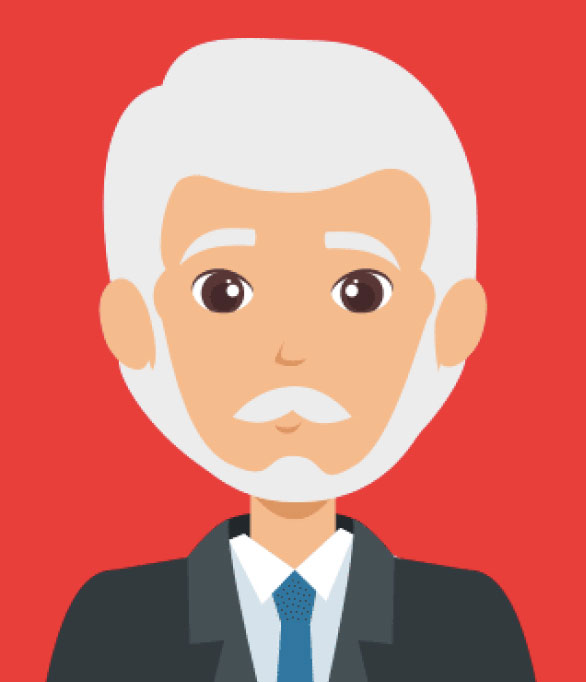Plateaus are a regular part of losing weight. They don’t mean you’ve failed—they mean your body is catching up with the new you.
Here’s the science:
When you lose weight, your body burns fewer calories at rest and during movement. Why? This is because a smaller body takes less energy to move and maintain. Imagine carrying a 50-pound backpack everywhere—you’d burn more calories with it on than without it.
When you lose that weight, the “backpack” is gone. Your body is lighter, so the number of calories burned just living, walking, and doing chores go down.
This process is called adaptive thermogenesis. Your body is incredibly good at adjusting to change. It’s not punishment—it’s survival. And it’s why plateaus happen to everyone.
As an example, picture this: you lose 50 pounds and hit 200. Your goal weight is 180, but you are stuck at 200 “no matter what I do!” You keep eating and moving the same way you did at 250.
When you don’t pivot and push a bit harder, the scale stalls. Most people quit here, thinking “my body just wants me stuck.” Nope. Your body is saying, “Congrats! You’re lighter. Now add a bit more effort.” That means trimming a few calories, walking a little farther, or picking up the pace (or all of it).
Plateaus will keep happening until you reach your goal weight—so expect them and plan for them. Plateaus are very normal. Your body is catching up with the new you! You should feel proud, not powerless.
Here are other common reasons weight loss plateaus happen:
- Not adjusting calories after weight loss is essential because lighter bodies burn fewer calories.
- Relying only on calorie-cutting eventually leaves you with no room to spare and leads to burnout.
- You are not consistent with your new lifestyle.
- Overestimating activity – we usually burn less than we think.
- Creep of old habits – extra snacks, bigger portions, or more eating out sneak back in. Count on combating this common scenario.
- Not tracking food – those bites, licks, tastes, and finishing your kids’ leftovers on their plates add up.
- Shame spiral – you eat something “I wasn’t supposed to,” feel guilty, and quit instead of just getting back on track with the next meal choice.
- Scale obsession – water, muscle, and fluctuations hide progress.
- All-or-nothing thinking – one bad day snowballs into giving up.
- Unrealistic expectations – wanting 5 pounds less a week forever, when slower is normal.
- Poor sleep and stress – both drive cravings and overeating.
- Medications or health conditions, such as thyroid issues, menopause, or specific prescriptions, can slow the pace.
- Boredom – having the same meals and routines gets stale. My meal plan service solves that problem.
The key is to adjust your expectations: plateaus aren’t a dead end, they’re a pause button. Your body is saying, “Let me catch up.” That’s when you tweak—add a bit more movement, tighten up portions, or focus on consistency instead of chasing big weekly drops. I know I keep repeating myself, but it’s crucial to remember that you’re not the only one. Plateaus happen to all of us.
When you know plateaus are part of the process, you don’t panic. You plan for them, work through them, and keep going.
Many of you have successfully lost weight and navigated through those plateaus by attending my group accountability calls or utilizing my meal plan. Take a look at one or both of these services on my website.
Back to work you go! You got this!!!
Your friend and biggest cheerleader,
Nurse Jill














Leave a Reply